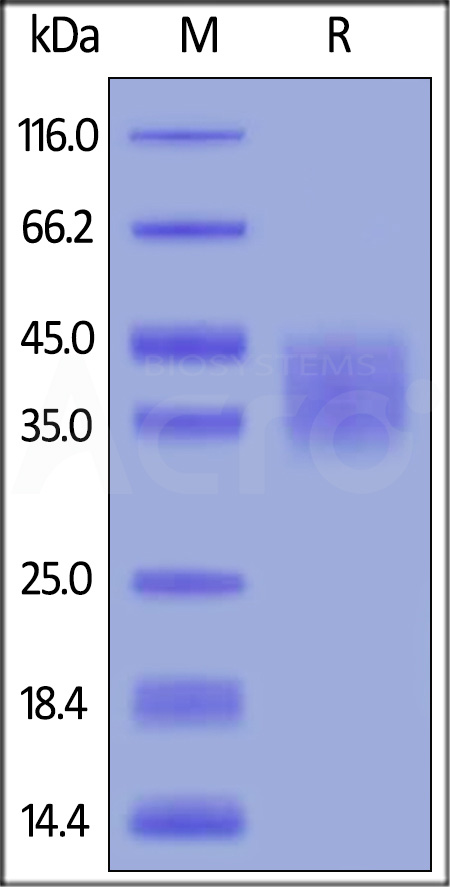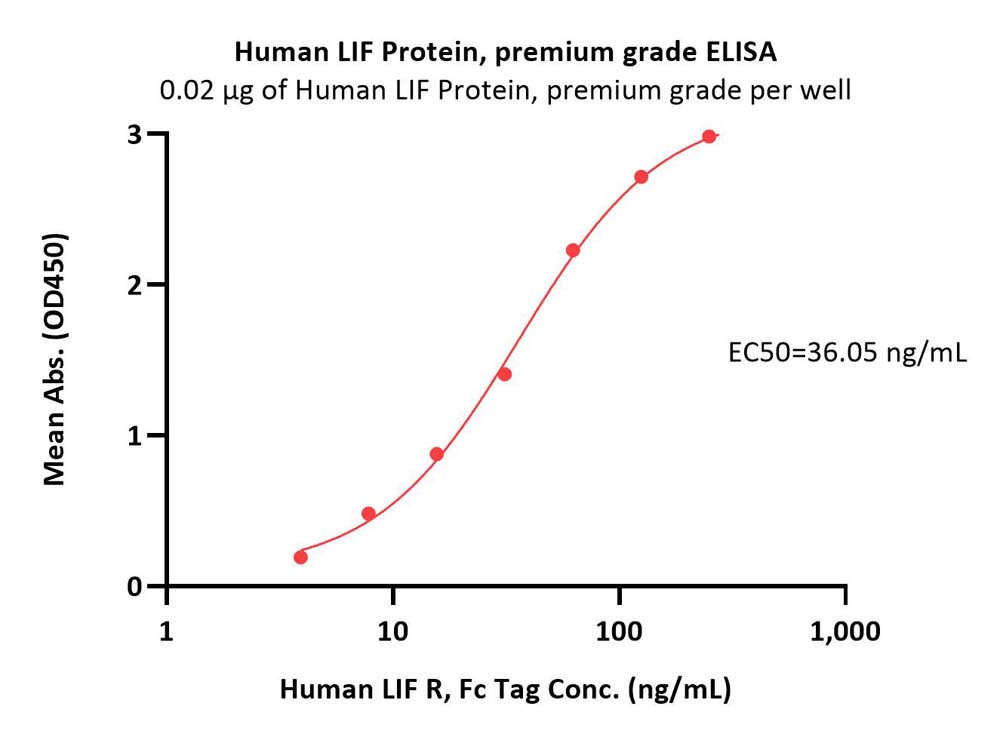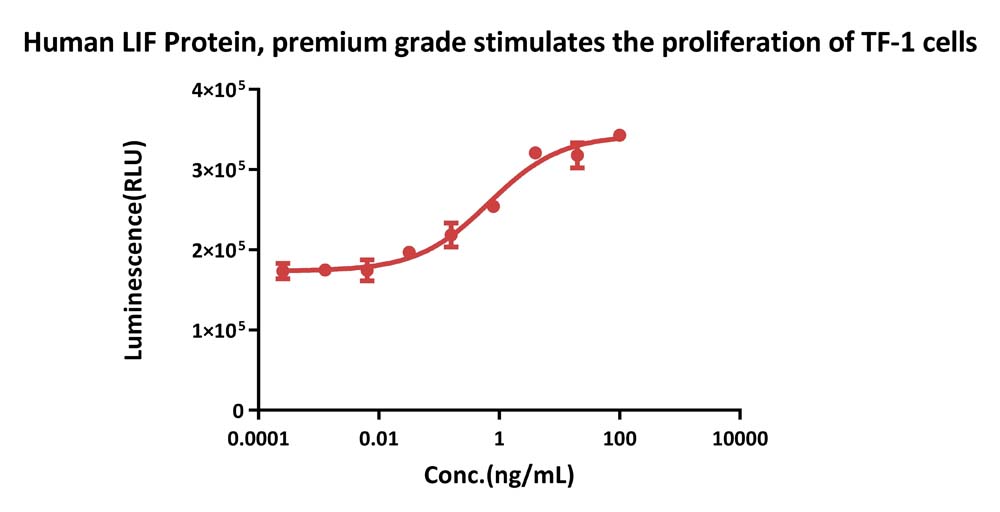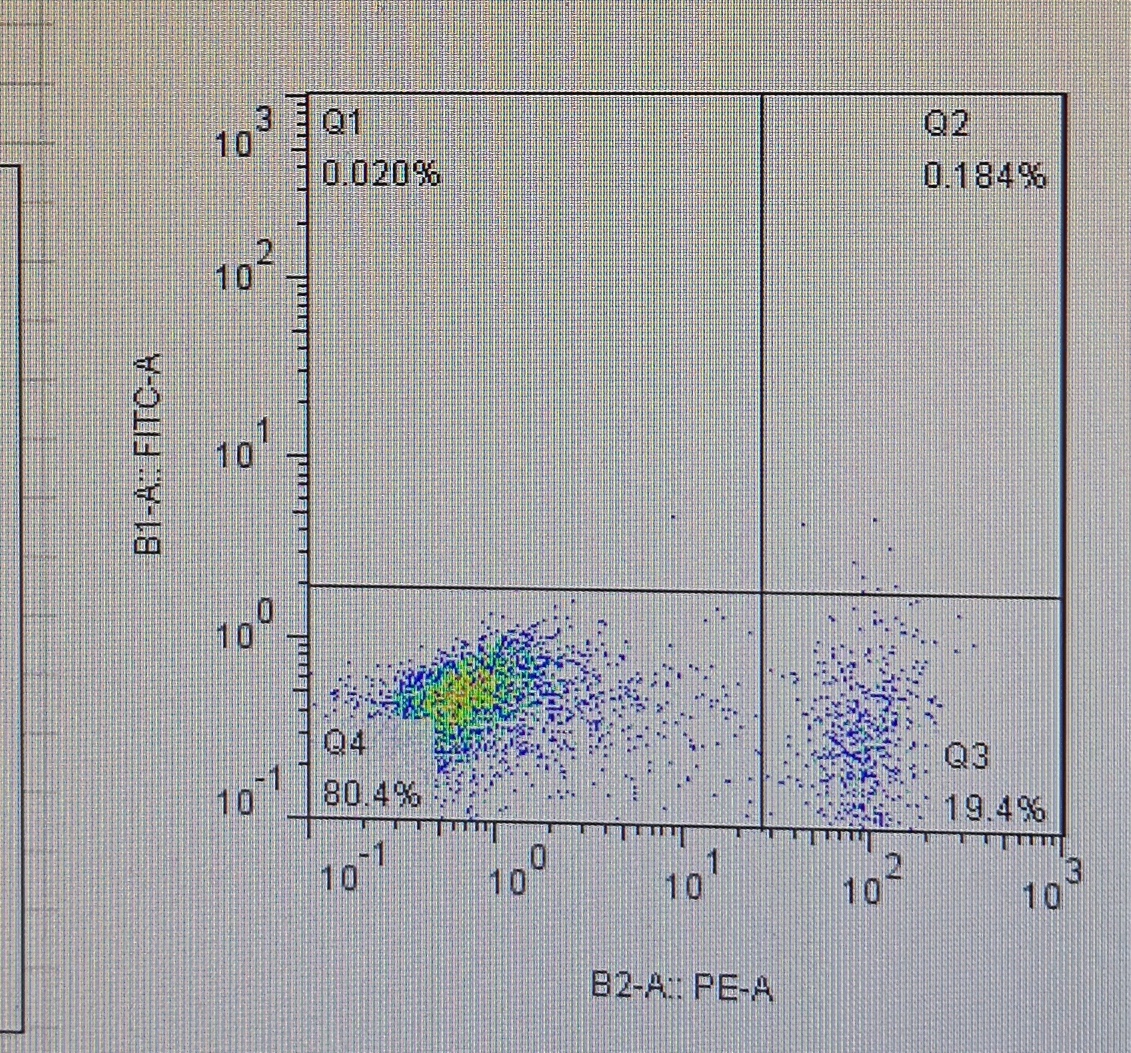Can Treatment with Human Mesenchymal Stem Cells Rescue the Degenerative Disc Phenotype? An in Vitro Pilot Study of Induced Cytokine ExpressionDalton, Narayanan, Oris
et alSpine J (2025)
Abstract: Given the relatively low cell density in degenerative discs, strategies intended to bolster disc cellularity through stem cell injections have come into clinical use. Stem cell therapy is meant to provide a source of viable disc cells that can promote a healthy disc phenotype. Nevertheless, there is a limited understanding of the mechanisms through which stem cell therapy impacts degeneration.The objectives of this pilot study were: 1) to evaluate gene expression changes associated with an in vitro induced degenerative phenotype in human nucleus pulposus (NP) cells, 2) to co-culture these degenerative NP cells with human mesenchymal stem cells (hMSCs) and investigate the impact this has on gene expression, 3) to investigate possible mechanisms by which hMSCs may impact the degenerative phenotype.Laboratory study.NP cells were isolated and cultured from patients undergoing anterior lumbar interbody fusion for degenerative disc disease. A degenerative phenotype was induced in cultured NP cells by treatment with an inflammatory protocol (10pg/ml IL-1β and 100pg/ml TNF-α) for 7 days. Gene expression of Treated NP cells was compared to Untreated NP cells via reverse transcriptase polymerase chain reaction. NP cells were then co-cultured with hMSCs in vitro and treated with the inflammatory protocol. Gene expression of Treated NP cells co-cultured with hMSCs was compared to Treated NP cells alone. Preliminary co-culture data demonstrated that IL-10 was uniquely and dramatically upregulated. Therefore, gene expression of Treated NP cells exposed to IL-10 for 24 hours was compared to Treated NP cells alone.Treated NP cells compared to Control NP cells showed upregulation of numerous pro-inflammatory cytokines, including CXCL5, IL-8, and IL-6 and downregulation of several anti-inflammatory cytokines, including IL-10. After co-culture of Treated NP cells with hMSCs, a significant increase in gene expression was identified in IL-10 (+15.34 fold), BMP-6 (+2.32 fold), and LIF (+2.14 fold). A significant decrease in gene expression (p < 0.05) was seen in CCL7 (-2.03) and CXCL12 (-1.67). Exposure of Treated NP cells to IL-10 resulted in upregulation of COL-2 (+1.55 fold, p=0.013) and downregulation of IL-8 (-1.4 fold), CXCL-5 (-1.58 fold,), and MMP-3 (-2.02 fold).This in vitro pilot study shows that co-culture of degenerative phenotype NP cells with hMSCs produces multiple gene regulatory changes associated with an anti-inflammatory phenotype. Additionally, exposure of degenerative phenotype NP cells to IL-10 produces gene regulation associated with both anti-inflammatory and pro-extracellular matrix effects.These findings provide mechanistic support for the use of stem cell therapy as a strategy to decrease the pro-inflammatory molecular environment associated with disc degeneration. Additionally, given the challenges with the viability of hMSCs in the disc microenvironment, IL-10 may be another potential candidate for future targeted therapies for disc degeneration.Copyright © 2025. Published by Elsevier Inc.
The regulatory role of phytohormones in plant drought toleranceLiao, Chen, Boubakri
et alPlanta (2025) 261 (5), 98
Abstract: This paper highlights the role of various signaling hormones in drought stress tolerance. It explains how phytohormones act and interact under drought conditions. Drought stress significantly impairs plant growth, development and productivity. The likelihood of adverse impacts of drought will increase due to variations in global climate patterns. Phytohormones serve as key regulators of drought tolerance mechanisms in plants. The in-depth understanding of the role and signaling of such hormones is thus of great significance for plant stress management. In this review, we conducted a bibliometric analysis and thematic mapping of recent research on drought and phytohormones, and phytohormone interactions. It is assumed that different classes of phytohormones such as abscisic acid (ABA), auxins (IAA), cytokinins (CTK), ethylene (ETH), gibberellic acid (GA), brassinosteroids (BRs), salicylates (SA), jasmonates (JA), and strigolactones (SLs) play a pivotal role in drought resistance mechanisms in many crops. The present work highlights recent advances in plant responses to drought and uncovers the recent functions of phytohormones in the establishment of drought-specific tolerance strategies. It also deciphers the various interactions between phytohormones allowing plant adaptation to drought stress. Overall, this review highlights recent and original discoveries useful for developing new strategies to improve plant resistance to drought.© 2025. The Author(s), under exclusive licence to Springer-Verlag GmbH Germany, part of Springer Nature.
Leukemia Inhibitory Factor Attenuates Hypoxic-Ischemic White Matter Injury via NLRP3 Inflammasome Activity Suppressing Through the Nrf2/HO-1 PathwayHuo, Liu, Wang
Front Biosci (Landmark Ed) (2025) 30 (3), 36630
Abstract: Inhibiting neuroinflammatory damage is an effective strategy for treating preterm white matter injury (PWMI). Leukemia inhibitory factor (LIF) can ameliorate (HI) induced white matter injury; however, the neuroprotective effects and mechanisms of LIF remain unclear. This study aimed to determine whether NOD-like receptor thermal protein domain associated protein (NLRP3)-dependent pyroptosis is involved in PWMI pathogenesis.We established an in vitro oxygen-glucose deprivation (OGD) cell model and an in vivo HI induced brain white matter injury neonatal mouse model. RNA sequencing (RNA-seq) and Kyoto Encyclopedia of Genes and Genomes (KEGG) analyses examined differentially expressed genes in oxygen-glucose deprivation/reoxygenation (OGD/R) challenged CTX TNA2 rat astrocytes. The changes and effects of proteins were confirmed in neonatal rats in vitro and in vivo. Cell viability assays, reactive oxygen species (ROS) assays, apoptosis assays, and immunoblot were used to confirm LIF-mediated its neuroprotective effect against HI-induced white matter injury in vitro.RNA-seq and KEGG analyses indicated OGD/R enriched NLRP3 inflammasome-related genes (validated by in vitro and in vivo models), showing that NLRP3-dependent pyroptosis proteins (apoptosis-associated speck-like protein contain a CARD (ASC), NLRP3, active caspase 1, IL-1β, IL-18, and N-terminal fragment of gasdermin D (GSDMD-N)) were all increased by HI or OGD/R. LIF upregulated HO-1 expression by activating Nrf2 via the MAPK and Akt kinase pathways and significantly decreased OGD/R-induced ROS production. NLRP3-dependent pyroptosis proteins were suppressed in the LIF group compared with those in the OGD/R and HI groups. Zinc protophyrin, an HO-1 inhibitor, partially abolished LIF-mediated viability enhancement in rat astrocytes.NLRP3-dependent pyroptosis plays a role in PWMI pathogenesis; moreover, LIF mitigates OGD/R-induced pyroptosis-dependent neurotoxicity by upregulating HO-1 expression in rat astrocytes.© 2025 The Author(s). Published by IMR Press.
Low-Entropy and Fast-Li+-Conducting Electrolyte with Cascade Reaction-Induced Robust Interphase for Fast-Charging Lithium Metal BatteriesLi, Xue, Yan
et alAngew Chem Int Ed Engl (2025)
Abstract: Lithium metal is considered the most promising next-generation anode, while its fast-charging application is hindered by the problems of dendrite growth and side reactions. Herein, A low-entropy electrolyte with cascade reaction-induced stable interphase and fast Li+ transport kinetics is proposed to provide excellent fast-charging performance of lithium metal batteries. In this electrolyte with an extremely simple formula, only two co-solvents with a lithium salt are used without any other additives. Fast lithium transport and desolvation kinetics are maintained, owing to the solvents' low viscosity and weak interaction with lithium. Particularly, the intermediate products of lithium salt can further promote rapid defluorination of the F-containing solvent to form LiF, constructing a LiF-rich interphase. Fast Li+ transport kinetics and robust interphase enable the fast-cycling performance of lithium metal anodes. The Li||Li symmetric cell can even withstand a high current density of 10 mA cm-2. Good cycling stability under fast charging is also achieved with a capacity of 123 mAh g-1 maintained with a capacity retention rate reaching 90% after 200 cycles at a charging rate of 6C. Our results demonstrate a simple yet effective electrolyte design strategy facilitating the fast cycling of lithium metal batteries.© 2025 Wiley‐VCH GmbH.




 +添加评论
+添加评论






















































 膜杰作
膜杰作 Star Staining
Star Staining

















